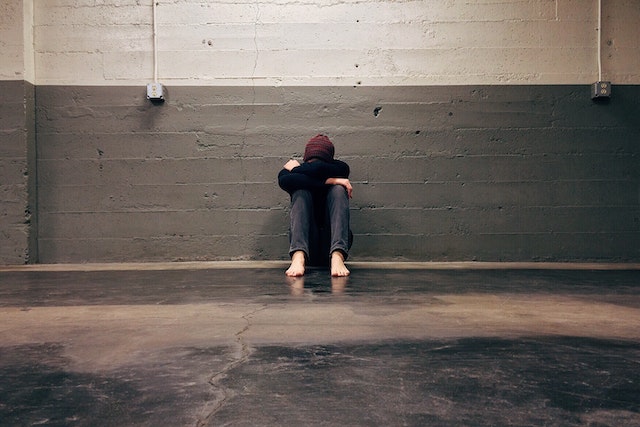Anxiety is a two-way street. On the one hand, it has been experienced by all of us in the form of a universal human feeling. It is a normal response through feelings of uncertainty, apprehension, and fear resulting from an imaginary or real threat. On a different note, some people experience anxiety in the form of a life-altering mental disorder. It is a form of anxiety that becomes unbearable and unmanageable to the person. The disorder gets so severe that people refuse to go out to avoid uncomfortable situations and experience various physical and mental symptoms.
This difference in how people experience anxiety reveals that anxiety occurs on a spectrum.
Everyone’s body responds to feelings of anxiety differently, resulting in many different levels of anxiety. The severity and intensity of the symptoms increase as you move from one level to another. On that note, let us dive deeper into these different levels of anxiety and understand how to distinguish them from one another.

Who classified the different levels of anxiety?
Hildegard Peplau was a psychiatric nursing theorist. He is regarded as the founder of the psychiatric nursing stream. Peplau is credited for developing a model that described the four different levels of anxiety — mild, moderate, severe, and panic.
Even though the symptoms and behaviors of the different levels of anxiety might overlap, a treatment strategy created around the stage of anxiety that the concerned individual is experiencing is beneficial.
Four Levels Of Anxiety
1. Mild Level Of Anxiety
Mild-level anxiety is a common occurrence in everyday life. At this stage, you are likely to be open-minded and mentally stable, but a little stressed about a thing or two. You are likely to experience this form of anxiety when you are probably awaiting a result of a test or job performance review.
Symptoms of a mild level of anxiety include:
- fidgeting,
- irritability,
- sweaty palms, and
- heightened senses.
Read more: Anxiety Mood Tracker
2. Moderate Level Of Anxiety
At a moderate level of anxiety, you are likely to focus solely on the stressful life event and ignore everything at hand. This is the type of anxiety you face in the circumstances like when you have maybe taken your pet out for a walk, and you lose sight of them. Your sole focus rests on finding your pet. Once you see them, your symptoms likely subside.
Symptoms of a moderate level of anxiety include:
- faster heartbeat,
- dry mouth,
- sweating, and
- stomach pain or nausea.
Additionally, having rapid and high-pitched voice and biting nails are also considered symptoms of this level.
3. Severe Level Of Anxiety
The field of understanding of any person experiencing a severe form of anxiety is significantly reduced. They either focus on one aspect of the whole situation or too many scattered details. They have difficulty understanding what is happening around them and might appear confused or dazed. This is the level of anxiety that you experience when you deal with the sudden news of a loved one being in an accident or job loss.
Symptoms of a severe level of anxiety include:
- pounding heartbeat,
- chest pain,
- headache,
- vomiting or diarrhea,
- trembling,
- scattered thoughts,
- erratic behavior, and
- a sense of dread.
4. Panic Level Of Anxiety
Panic level of anxiety is the most disrupting and disturbing in nature. It might impair one’s thinking or motor skills. Some people experience the inability to move or even speak. On the other hand, some people find it impossible to stay still. Extreme situations like being in an accident or a disaster might trigger such anxiety levels.
Symptoms of the panic level of anxiety include:
- delusions or hallucinations,
- behaving wildly or highly withdrawn, and
- fear “going crazy.”
Read more: 10 Best Anxiety Self-Help Books For Better Mental Health.
Conclusion:
A different form of triggering life events can cause various levels of anxiety. If you find yourself feeling like your anxiety is unmanageable and disrupting your regular life events, you should seek professional help. Getting professional help is now easier than ever with the advent of online therapy platforms. To learn about the top online therapy platforms, click here.
To continue learning about mental health, subscribe to Your Mental Health Pal.

